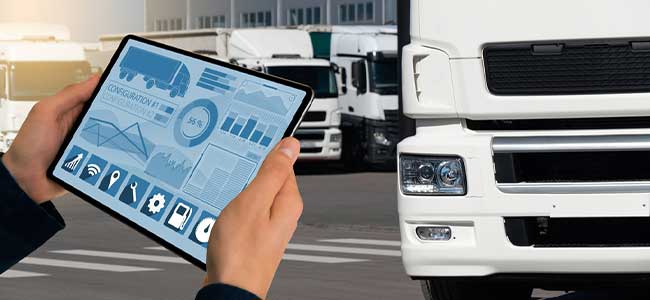
How AI, IoT and The Cloud are Keeping Fleet Vehicle Drivers Safer Today
Advancements in technology can play a role in helping more workers may it home at the end of the day.
- By Sumit Chauhan
- Jun 21, 2023
As companies look to modernize their vehicles, the benefits of connected vehicles could make these technologies the new standard for fleet management. In fact, 86% of connected fleet operators already surveyed have reported a solid return on their investment in connected fleet technology within one year through reduced operational costs.
Furthermore, connected fleets with advanced telematics technology today offer additional benefits in terms of managing and maintaining vehicles. There are tremendous benefits to the business of each organization, but keeping drivers of vehicle fleets safer is chief among them.
Large Amounts of Data are Difficult to Process
This means vehicle fleets and insurance providers are all looking to harness more of this intelligent telematics data. However, the amount of data produced every day keeps growing. As a result, these businesses have more data than ever at their disposal to help make informed business decisions. But, this vast amount of data brings in plenty of new challenges in capturing, digesting and analyzing the entirety of the data in a cost-effective manner.
To truly be effective and useful, data must be tracked, managed, cleansed, secured, and enriched throughout its journey to generate the right insights. Companies with fleets are turning to new processing capabilities to manage and make sense of this data.
Traditional telematics systems have relied upon embedded systems, which are devices designed to access, collect, analyze (in-vehicle), and control data in electronic equipment, to solve a set of problems. These embedded systems have been widely used, especially in household appliances and today the technology is growing in the use of analyzing vehicle data.
The Rise of Vehicle to Cloud Communication
To increase the bandwidth efficiency and mitigate any legacy latency issues, it’s better to conduct the critical data processing at the edge within the vehicle and only share event-related information to the cloud. In-vehicle edge computing has become critical to ensure that connected vehicles can function at scale, due to the applications and data being closer to the source, providing a quicker turnaround and drastically improving the system’s performance.
This article originally appeared in the August 1, 2023 issue of Occupational Health & Safety.